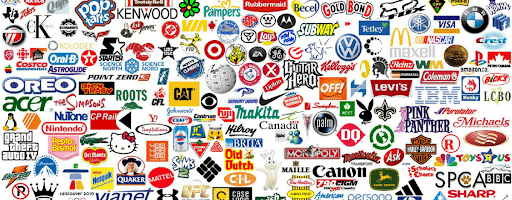Sometimes it takes a crisis to challenge conventional wisdom. Not long ago, an imaginary line separated brand marketing, with its focus on awareness and devotion to subjective “big ideas,” from direct response and its laser-focus on measurable outcomes like driving sales. Many firms either practiced one or the other, but not both. Or, if they did run both brand and direct response operations, they typically did so inside siloed marketing organizations. Today, the story is changing.
Across industries, DTC disruptors like Peloton, Casper Mattress, and Warby Parker have seized market share. Large CPG holding companies like Unilever and P&G have responded by acquiring DTC firms like Dollar Shave Club and Billie, respectively. But DTC acquisitions were only the start. Increasingly, even traditional CPG brands are turning to direct response, due to a confluence of trends that includes a greater emphasis on first-party data, better media attribution tactics, and the need to tie marketing to business outcomes. But above all, traditional CPG brands must embrace direct response because doing so brings them closer to their customers.
CPG brands can go direct, but they need to proceed with common sense
A few years ago, Coca-Cola ran a direct response experiment with its “Share a Coke” campaign. The idea was a good one—create a more personal relationship with consumers and inspire shared moments of happiness. But the payoff (your name on a Coke) was more gimmick than game plan. That is, Coca-Cola gave consumers a wow-factor, but none of the marketing, sales, or distribution infrastructure the company created to pull off the stunt brought them closer to becoming a direct marketing brand.
Of course, the soda wars are nothing if not symmetrical. Recently, Pepsi did direct response too, but instead of personalizing the product, the brand personalized the sale via DTC websites. Yes, Pepsi products are still largely bought through retailers and at venues and restaurants, but in the midst of a pandemic, Pepsi has also created viable marketing, sales, and distribution infrastructure that serves as a direct conduit from brand to consumer.
This trend is playing out broadly across CPG brands. For the most part, however, brands have turned to various platforms such as Instacart, Pinterest, and Instagram in order to pull off a DTC pivot. But shifting online and minimizing the number of middlemen between brand and customers isn’t exactly the same thing as “owning” the customer relationship. In the short-run, this strategy might be a good hedge against consolidated power in the e-commerce space, but as CPG brands push toward a closer relationship with consumers, they must remember the lesson of Amazon—those that fulfill the customer’s order, know the customer better than they know themselves.
It’s about sales, but it’s really about relevance
Brands with first-party data are the haves of marketing, and those without are the have-nots. But instead of building the customer relationships that yield data, many have-nots, including CPG brands, continue to rely on third-party data to improve media targeting and drive revenue.
That’s one reason why PayPal spent $4 billion to acquire a shopping coupon plug-in called Honey. As Business Insider put it, “[the] business model where businesses are paid for driving transactions is unequivocally the model of the future.” Brands that outsource the key aspects of that model do so at their long-term peril because they ignore a fundamental law of business: know your customer.
Direct response brands are many things to many people, but their common denominator is that they know their customers better than anyone else. To achieve that knowledge, direct response brands have to be incredibly sales-driven. But sales-driven isn’t a shorthand for tunnel vision or a bottom-line mentality, despite what some brand marketers may think. In fact, sales is a meme that describes relevance.
In good times, that hyper-focus on relevance informs every decision, from product, to marketing, to distribution. Direct response brands miss the mark sometimes, but they miss small and adjust quickly because their DNA is coded to seek out relevance. And it’s that hyper-focus on relevance that pays dividends when a massive disruption like a pandemic creates widespread uncertainty. Consider the early, chaotic months of the pandemic. Brand marketing was largely criticized for either going dark or pushing out tone deaf messages. In contrast, most direct response brands didn’t go dark or appear tone deaf, because they knew precisely where to meet consumers, even at a moment when consumer behavior was changing by the hour.
There is no going back
For all the talk of “getting back to normal,” there’s no reason CPG brands should reverse course on the progress they’ve made on the direct marketing front. Why would the brand give up the data-rich consumer relationship? Why would the business forgo the flexibility and resiliency of an alternative conduit to the consumer? And why would the consumer forgo the convenience and savings of going direct?
The answers should be obvious—there is no going back. But that doesn’t mean marketers have done a mental reset yet, nor have marketing organizations had the time restructure themselves. Nevertheless, CPG brands have glimpsed the future in this moment. They should build on whatever DTC initiatives they’ve run by embracing direct response as their marketing engine, not a sideshow. Because those CPG firms that use direct response to drive operations are also the same brands that can truly say they know their customers better than anyone else.




